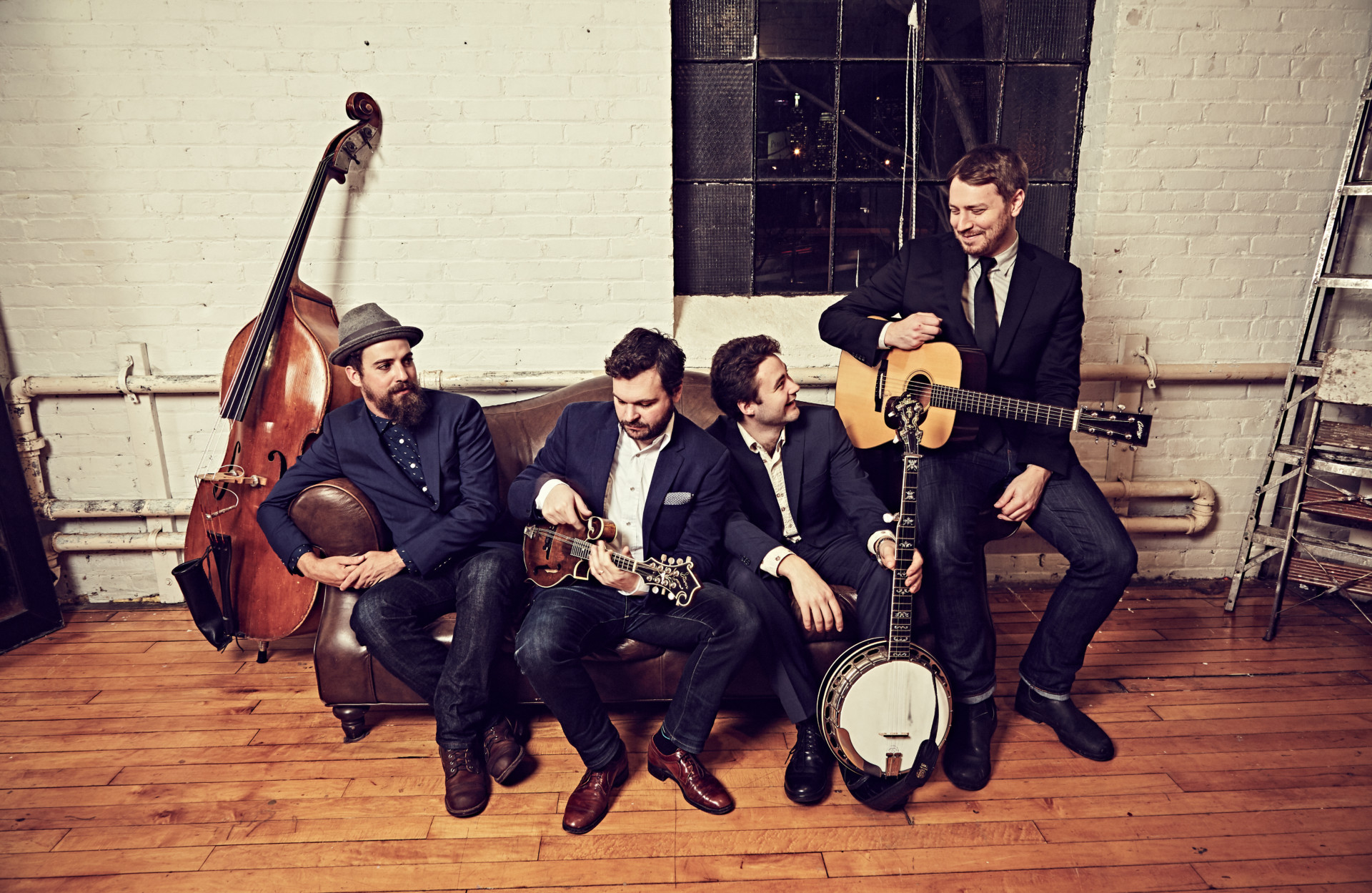THIS month’s Omagh Bluegrass Festival will mark 30 years since this extraordinary weekend of music and dance, history and lore was first brought to life in the Ulster American Folk Park, way back in 1992.
The Bluegrass Festival uses the music and dance of our emigrant ancestors to explore the extraordinary human story of hardship, resilience, love and loss that unfolded as they made their journey across the vast Atlantic, from the hungry homes of Ulster to the Appalachian mountains.
However, in spite of the omnipresence of pain and loss in the world within which our emigrant ancestors lived, the music that emerged from the belly of the Appalachians is some of the most raucous, joyous, uplifting music you will ever hear.
Although they certainly created music to acknowledge and express the suffering in their story, Appalachian musicians also used their tunes and songs to revolt and rebel against the horror of their circumstances.
In the darkest abyss, they birthed the brightest of music.
Bluegrass is made to lift the spirit and speak to the soul. Over the weekend of the Bluegrass Festival, we will once again have the opportunity to reconnect with our emigrant ancestors.
So, ahead of this year’s momentous 30th anniversary, we asked Richard Hurst – one of the founding fathers of Omagh’s Bluegrass Festival – to take us on a whistlestop tour of the festival, beginning at that seminal September in 1992.
VERY DIFFERENT
“When we had the first festival back in September of ‘92, Northern Ireland was a very different place,” recalls Richard.
“The NI Tourist Board had come up with the concept of ‘Homecoming festivals’, which were to be designed to attract the Irish diaspora back to Ireland for the summer – at the time the Irish tourism season was only six weeks across July and August, then it was over.”
The Bluegrass Festival was conceived and then actualised – and little did they know, 30 years later it would be the recipient of countless prizes and a nominee for the worldwide ‘Bluegrass Event of the Year’ .
“The idea of holding a Bluegrass festival was perfect – the music, the purpose of the Folk Park, and the intention of the ‘Homecoming festival’ project all fell into perfect alignment.
“We could use the music of our ancestors who traveled to Appalachia as a vehicle to explore emigration and emigration routes,” said Richard excitedly.
“They brought with them the fiddle music of the Sperrins and the Glens of Antrim, and the percussive dance practiced across the province, and this is what would merge with the music and dance of other emigrant cultures in the mountainous mixing pot of the Carolinas and Virginia to become bluegrass music and Appalachian clog dancing.”
BIGGER
Initially, Bluegrass Festival was a two-day event – a Friday and Saturday job. However, things began to get brighter in the North, and, with the more hopeful times, came a bigger public appetite for entertainment and celebration.
“After the ceasefire of 1994, we had to add a Sunday,” said Richard. “And I remember vividly the air of excitement, exhilaration and positivity that year.
“I can still see and hear The Bing Brothers from Virginia announcing to the crowd that they were ‘delighted to be playing here as we move into a time of peace’,” said Richard.
But while Richard’s tone is generally tuneful and free while he casts his eye back down memory lane, his mind can’t help but go to some of the darker bends they met on the road.
“Our memory is unfortunately, and unalterably, marked by the scars of the Omagh bomb, and the 9/11 attacks, both of which happened in the mouth of the festival period,” said Richard.
But quickly Richard reoriented himself and told us what he expects on the weekend of May 28.
“On the 25th anniversary, we were nominated for ‘Bluegrass Event of the Year’ by the International Bluegrass Music Association, a feat which speaks volumes for the authenticity of the experience, the quality of the performances, and the atmosphere somehow manages to be both family-friendly and convivial.
“Over its 30-year legacy,” said Richard, “the festival has become part of the fabric of Omagh, and, across the country, we now have a pool of top bluegrass talent – this year is about – as well as bolstering and appreciating our international acts – celebrating our homegrown bluegrass talent.”







